Peppermint tea
$15 Original price was: $15.$13Current price is: $13.
- Product name: Peppermint tea
- Origin: Viet Nam
- Ingredients: 100% naturally dried peppermint tea leaves, no flavoring or preservatives.
- Size: 24gr
- Store in a dry, cool place, away from direct light
Peppermint tea is a refreshing and aromatic herbal infusion made from the leaves of the peppermint plant. Known for its cooling sensation and soothing properties, this naturally caffeine-free tea has been enjoyed for centuries for both its delightful taste and numerous health benefits. Its invigorating minty flavor makes it a perfect drink for relaxation, while its medicinal properties support overall well-being.
In this article, we’ll explore the benefits, preparation methods, and best ways to enjoy peppermint tea.
Product information peppermint tea
- Product name: Peppermint tea
- Origin: Viet Nam
- Ingredients: 100% naturally dried peppermint tea leaves, no flavoring or preservatives.
- Size: 24gr
- Store in a dry, cool place, away from direct light
What is peppermint tea?
Peppermint tea is a fragrant and refreshing herbal infusion made from the dried leaves of the peppermint plant (Mentha × piperita). Naturally caffeine-free, this tea is widely enjoyed for its cooling, minty taste and soothing properties. With a rich history dating back centuries, peppermint tea has been used in traditional medicine across various cultures to aid digestion, relieve headaches, and promote relaxation.
The distinct flavor of peppermint tea comes from menthol, the essential oil found in peppermint leaves. This compound gives the tea its cooling sensation and contributes to its many health benefits. Unlike black or green tea, peppermint tea contains no caffeine, making it an excellent choice for those looking to reduce caffeine intake while still enjoying a flavorful and refreshing drink.
Peppermint tea can be enjoyed hot or iced, making it a versatile beverage for any season. A warm cup of peppermint tea is perfect for soothing an upset stomach, calming the mind before bed, or relieving congestion during a cold. On the other hand, iced peppermint tea provides a cool and revitalizing drink for hot summer days.
In addition to its health benefits, peppermint tea is often blended with other herbs and flavors, such as chamomile, lemon, or ginger, to enhance its taste and therapeutic effects. Whether you drink it for relaxation, digestion, or simply for its refreshing flavor, peppermint tea is a delicious and beneficial herbal tea that can easily be incorporated into any lifestyle.
Health benefits of peppermint tea
Peppermint tea is more than just a refreshing beverage—it offers numerous health benefits that make it a popular herbal remedy. Thanks to its high content of menthol and antioxidants, this caffeine-free tea provides relief for digestion, stress, headaches, and more. Here are some of the top benefits of peppermint tea:
- Supports digestion: One of the most well-known benefits of peppermint tea is its ability to aid digestion. It helps relieve bloating, gas, and indigestion by relaxing the muscles of the digestive tract, making it a great choice after meals. Peppermint tea may also help ease symptoms of irritable bowel syndrome (IBS) by reducing abdominal pain and discomfort.
- Relieves headaches and migraines: Peppermint tea’s natural cooling effect can help reduce tension headaches and migraines. The menthol in peppermint acts as a muscle relaxant, helping to ease pressure and promote relaxation, which may lead to headache relief.
- Promotes relaxation and reduces stress: Drinking peppermint tea can help calm the mind and body, making it a great choice for relaxation. The soothing aroma and natural properties of peppermint help reduce stress, anxiety, and mental fatigue, promoting a sense of well-being.
- Freshens breath: Peppermint is a common ingredient in toothpaste and mouthwash because of its natural antibacterial properties. Drinking peppermint tea can help kill bacteria in the mouth, freshen breath, and promote overall oral health.
- Relieves congestion and supports respiratory health: Peppermint tea acts as a natural decongestant, helping to clear nasal passages and soothe sore throats. The menthol in peppermint can loosen mucus and make breathing easier, making it an excellent choice for colds, allergies, or sinus infections.
- Soothes menstrual cramps: For women, peppermint tea may help reduce menstrual cramps and discomfort. Its muscle-relaxing properties can ease tension in the uterus, providing natural pain relief during menstruation.
- May boost energy and focus: Even though peppermint tea is caffeine-free, its invigorating aroma and refreshing taste can help increase alertness and improve concentration. Drinking a cup of peppermint tea can be a great way to stay focused and energized naturally without relying on caffeine.
- Supports immune health: Peppermint tea contains antioxidants and antibacterial compounds that may help support a strong immune system. Regular consumption can aid in fighting infections and keeping the body healthy.
How to make peppermint tea
Peppermint tea is easy to make, naturally caffeine-free, and incredibly refreshing. Whether you use fresh or dried peppermint leaves, you can enjoy a homemade cup of peppermint tea in just a few simple steps. Here’s how to prepare it:
Ingredients:
- Fresh or dried peppermint leaves (about 1 tablespoon of dried leaves or a handful of fresh leaves)
- 1 cup (240ml) of hot water
- Optional sweeteners (honey, sugar, or stevia)
- Optional add-ins (lemon, ginger, or chamomile for extra flavor)
Instructions:
Prepare the peppermint leaves:
- If using fresh peppermint leaves, wash them thoroughly to remove any dirt or impurities. You can gently crush or tear the leaves to release more essential oils for a stronger flavor.
- If using dried peppermint leaves, measure out about one tablespoon for a standard cup of tea.
Boil Water: Heat one cup of water until it reaches a rolling boil (about 200°F or 93°C). Avoid over-boiling, as extremely hot water can make the tea taste bitter.
Steep the tea:
- Place the peppermint leaves in a tea infuser, teapot, or directly into your cup.
- Pour the hot water over the leaves and let them steep for 5–10 minutes, depending on how strong you like your tea. The longer it steeps, the stronger the flavor will be.
Strain and serve:
- If you used loose leaves, strain them out using a fine mesh strainer or tea infuser.
- If desired, add honey, lemon, or ginger to enhance the flavor.
Enjoy hot or cold:
- For a hot cup, sip and enjoy immediately.
- For iced peppermint tea, allow the tea to cool, then pour over ice and add a slice of lemon or fresh mint leaves for extra refreshment.
Tips for the best peppermint tea:
- Use fresh, organic peppermint leaves for the best flavor and aroma.
- For a stronger tea, let it steep longer or add more leaves.
- Combine with chamomile, green tea, or ginger for a unique twist.
- Store dried peppermint leaves in an airtight container in a cool, dark place to maintain freshness.
How to store peppermint tea
Proper storage of peppermint tea is essential to maintain its freshness, flavor, and health benefits. Whether you’re storing fresh leaves, dried leaves, or pre-packaged peppermint tea bags, following the right storage methods will help keep your tea tasting great for a long time.
Storing fresh peppermint leaves
If you have fresh peppermint leaves, you can store them for short-term use or preserve them for longer periods.
- Refrigeration: Wrap the fresh leaves in a damp paper towel, place them in an airtight container, and store them in the refrigerator. They will stay fresh for about 5–7 days.
- Freezing: To store fresh peppermint leaves for months, wash and dry them thoroughly, then place them in a freezer-safe bag or ice cube tray with water. This method helps preserve their flavor for up to 6 months.
- Drying: For long-term storage, air-dry the peppermint leaves by hanging them upside down in a dry, dark place or using a dehydrator. Once dried, store them like loose-leaf tea.
Storing Dried Peppermint Leaves or Loose-Leaf Tea
Dried peppermint leaves can last for up to 1–2 years if stored properly.
- Keep them in an airtight container (such as a glass jar, tin, or resealable bag) to prevent moisture and air exposure.
- Store in a cool, dark place, away from direct sunlight, heat, and humidity (such as a kitchen cabinet or pantry).
- Avoid storing dried leaves near strong-smelling spices to prevent flavor absorption.
Storing peppermint tea bags
Pre-packaged peppermint tea bags are convenient and have a long shelf life if stored correctly.
- Keep tea bags in their original packaging or transfer them to an airtight container to protect them from air and moisture.
- Store in a cool, dry place away from direct sunlight, heat, and humidity.
- Check the expiration date, but note that tea bags can still be used after their best-by date if they smell and taste fresh.
Signs your peppermint tea has gone bad
Even with proper storage, peppermint tea can lose its flavor and potency over time. Here’s how to tell if it’s no longer fresh:
- Faded aroma or weak flavor – Fresh peppermint tea should have a strong, minty scent.
- Visible mold or moisture – If you see mold or moisture in the container, discard the tea immediately.
- Stale or off smell – If the tea smells musty or has lost its signature freshness, it’s time to replace it.
Peppermint tea is more than just a refreshing herbal drink—it’s a natural remedy with numerous health benefits. From aiding digestion and relieving headaches to promoting relaxation and boosting energy, this caffeine-free tea is a versatile addition to any daily routine. Whether enjoyed hot on a chilly evening or iced on a warm day, its cooling flavor and soothing properties make it a perfect beverage for any occasion.
By incorporating peppermint tea into your lifestyle, you can experience its refreshing taste while supporting your overall well-being. So, brew yourself a cup, sit back, and enjoy the revitalizing benefits of peppermint tea!
Be the first to review “Peppermint tea” Cancel reply
Related products
Tea
Tea
Tea
Tea
Tea
Tea

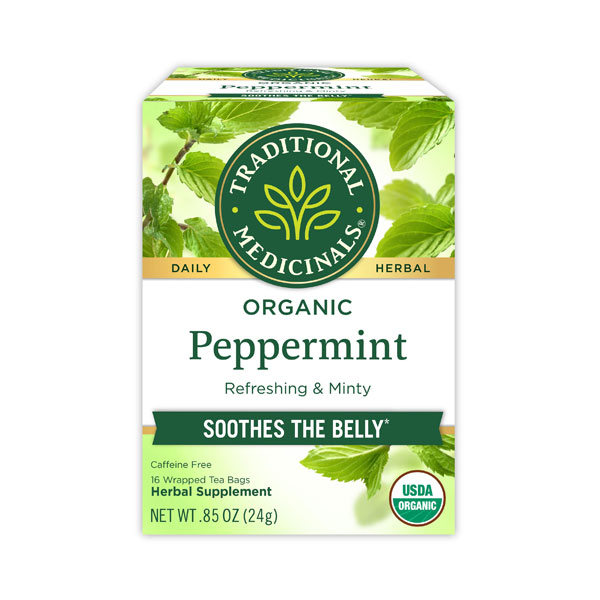
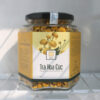

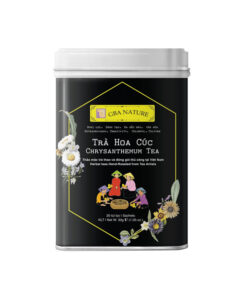
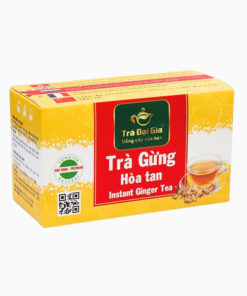
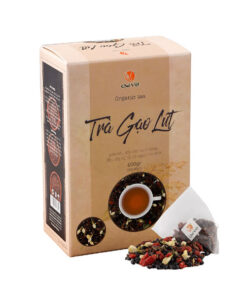
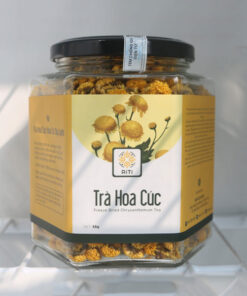
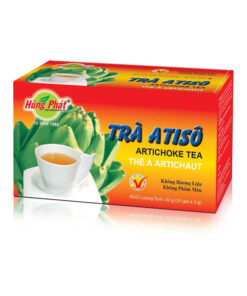
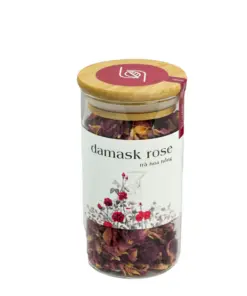
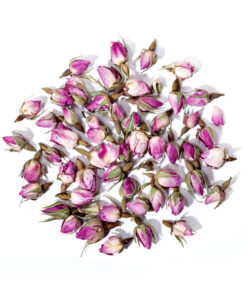
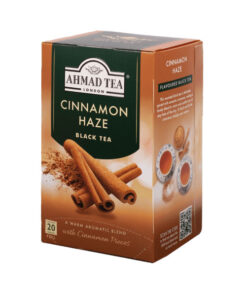

Reviews
There are no reviews yet.